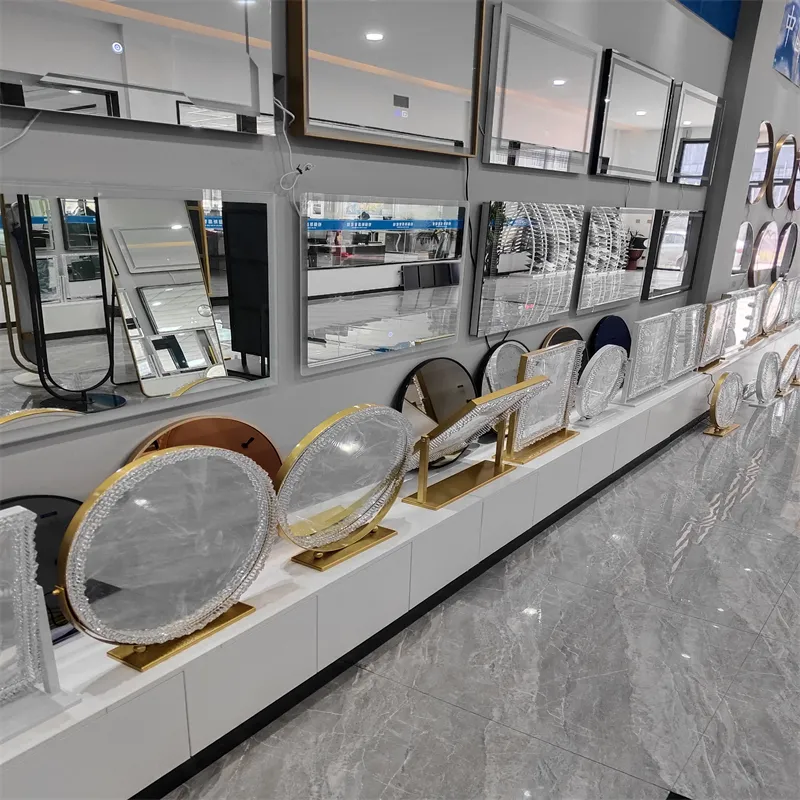Nov . 24, 2024 18:16 Back to list
Understanding the Basics and Benefits of Laminated Glass in Modern Architecture
What is Laminated Glass?
Laminated glass is a type of safety glass that consists of two or more layers of glass, bonded together with an interlayer of polyvinyl butyral (PVB) or other similar materials. This unique construction offers numerous advantages over traditional glass, making it a popular choice in various applications, including architectural, automotive, and even in consumer products.
Composition and Manufacturing Process
The primary components of laminated glass are glass panes and a polymer interlayer. The process of manufacturing laminated glass begins with the selection of glass sheets, which can vary in thickness and composition. After the glass sheets are cut to the desired size, they are cleaned to remove any impurities. The polyvinyl butyral interlayer is then placed between the glass sheets.
Once the layers are assembled, the sandwich structure is subjected to heat and pressure in a vacuum chamber or autoclave. This process ensures that the interlayer bonds securely to the glass surfaces. The result is a strong and durable product that retains the optical clarity of glass while enhancing its safety and performance properties.
Advantages of Laminated Glass
One of the most significant advantages of laminated glass is its enhanced safety. If broken, the glass shatters into small, blunt pieces that adhere to the interlayer, reducing the risk of injury. This characteristic makes laminated glass an excellent choice for architectural applications such as skylights, storefronts, and railings, where safety is paramount.
what is laminated glass

In addition to safety, laminated glass provides excellent sound insulation. The interlayer acts as a barrier to sound waves, making it a preferred option in areas where noise reduction is essential, such as in residential buildings adjacent to busy roads or commercial districts.
Moreover, laminated glass can offer UV protection. The interlayer can filter out up to 99% of harmful UV rays, helping to protect interior furnishings and reduce fading over time. This feature is particularly valuable in applications like windows and glass doors, where exposure to sunlight is a concern.
Applications of Laminated Glass
Laminated glass is widely used in various sectors due to its numerous benefits. In the automotive industry, it is commonly used for windshields, as it provides an added layer of safety and helps prevent ejection in accidents. In architecture, it can be found in residential homes, commercial buildings, and public spaces, enhancing both safety and aesthetics.
Additionally, laminated glass is utilized in the production of displays and other consumer products, where a combination of clarity, safety, and durability is desired. Its versatility makes it suitable for a wide range of applications, ensuring that it can meet the diverse needs of different industries.
Conclusion
In summary, laminated glass is a sophisticated glazing option that marries safety, aesthetics, and performance. Its unique construction makes it a superior choice for various applications, ranging from architecture to automotive use. With the added benefits of sound insulation and UV protection, laminated glass continues to be a preferred option for those seeking durability and safety without compromising on style. As industries evolve and the demand for versatile and safe building materials grows, laminated glass is poised to remain an integral part of modern design and construction. As consumers become more aware of its benefits, the popularity of laminated glass is likely to increase, paving the way for innovative uses in the future.
-
Safety and Style with Premium Laminated Glass Solutions
NewsJun.24,2025
-
Reinvents Security with Premium Wired Glass
NewsJun.24,2025
-
Premium Float Glass Line for Modern Architecture
NewsJun.24,2025
-
Low Emissivity Glass for Energy-Efficient Architecture
NewsJun.24,2025
-
High-Performance Insulated Glass Solutions for Modern Architecture
NewsJun.24,2025
-
Elevates Interior Style with Premium Silver Mirror
NewsJun.24,2025
Related PRODUCTS














